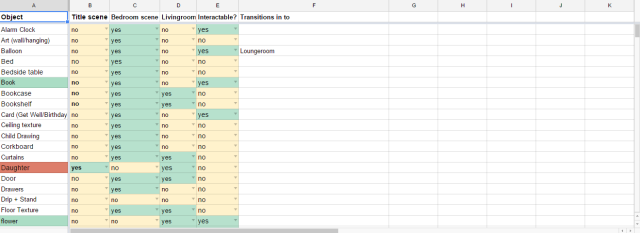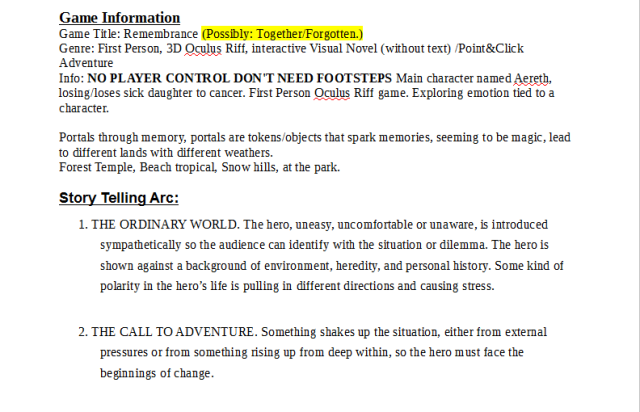Chris Gleeson: Recording Producer/DAW Operator/Console Engineer.
Louie Johnston: Assistant Engineer/DAW Assistant Operator.
Talent:
James Howe
Louie Johnston
Basic Project Timeline Plan.
11.50 Set up instruments to get desired sound.
12.30 Drummer arrives.
1.00 Begin recording percussion.
2.30 Begin recording bass.
3.00 Begin tracking guitar tracks.
4.00 Post work.
Samson 7Kit
SM57 x 1
AKG P170
Line6 Seita3 + 4 speaker cabinet.
Kick drum, snare, tom-tomx3 hi-hat, crash, china, ride.
Behringer Bass amp + 4 speaker cabinet with tweeter.
Samson Kick Mic on Kick
Snare Mic top
SM57 on Snare bottom
Tom mics on toms x3
Hi-hat mic on hi-hat
OH over crash
P170 over china and ride
Samson kick mic and SM57 on amp cabinet, SM57 top-right speaker on rim to capture resonance. For guitar, kick mic on top left, directly in the middle of speaker but 5-8cm away to capture note tone. For bass, kick mic on centre of top-left speaker as it is the first in the chain and to capture tone, with a separate direct input line to capture bass depth and note clarity.
Risks & possible troubles.
-Percussionist becomes unavailable.
-Problems with equipment.
-Time issues.
After getting started, we kept some notes. They are the following;
The drummer was completely prepared and ready, this took one take with short rehearsal.
The bass is having issues with its input. We don’t have time for this so we decided to overdub with a friends bass guitar at a later date.
Guitars are taking too long to find the correct sound, so we are going to work with clarity instead of desired tone.
Reflecting on our progress, there was a lot that we could have done better, had we been well equipped and long prepared, we could have potentially ended up with a clean recording. Using cheap microphones and being stuck out, far from any desirable recording locations, we had to make do with a lot of obvious problems. Though, something we hadn’t thought of included bad planning on voltage use and placement, it took some amount of reconsideration with amps, mixers, computers and outboard gear. We planned on recording with an open bedroom with a hanging mattress and blankets on the walls for sound trapping. But because of holiday celebration, my family had taken the room and passively pushed us into the living room.
Amazingly, we had finished up long before we planned. Percussion recording went incredibly well. Though, we should have checked the bass guitars functionality before starting, we could only get either loud buzzing or no signal at all, I assume without knowledge that this is due to a loose connection either in the instruments input or an issue with the pickups. The bass guitar itself is fairly old and poorly constructed so, it is in dire need of a tune up and repair or, a simple replacement. We didn’t have much to work with due to family related restrictions so we ended up recording in the living room as I mentioned above. This living room is tiled with seven walls and an open hallway so, it’s pretty clear why our recording ended up with drained out sounds and lots of reverb. Our recording and time management went fairly well, we recorded percussion swiftly and had plenty of time to go over the guitar track in depth but this is mostly due to the loss of bass, meaning, we had a whole instrument to forget about. For guitar, the recordings came out fairly clean. With two cardioid microphones and placing the amplifier on an ‘off-angle’ at a wall, we were able to avoid reflections of sound that were loud enough that would have ruined our capture of the instrument. We made some overdub tracks for guitar while coming up with new ideas in the post-production work, unfortunately this is when things went downhill.
The family arrived early and we were bombarded with ‘great ideas’ which took up a lot of our time and we ended up with children screaming in the background of our tracks, party music made its way into our recording which turned the tracks to trash. We talked with everyone and were simply ignored so, we called it and decided to finish up. Although we hadn’t gotten all our overdubbing ideas in this session, we got all percussion and rhythm finished. The drummer had left at this point which got the guitarist ready to leave. The family went quiet so we quickly got one more recording of a lead track then decided it was time to pack up.
Overall, I would say that we were extremely lucky to get as good of a capture as we did with our set up and unforeseen issues. Our microphone placement resulted in fairly nice percussion tracking, regarding what we worked with, our guitar track came through somewhat okay. We were fast and precise which is what I need to do a lot more. I learnt that simply having people turn up unexpectedly can ruin a session completely and that when in a comfortable situation, I can work quickly and swiftly. I have also learnt that I have trouble finding a tone I want when it comes to the guitar, I spent about 10 minutes moving the microphone in circles until the drummer yelled at the guitarist and I. I am going to watch video tutorials on how to correctly find a sought after tone through my holidays between trimesters as a basis to work on this with.


